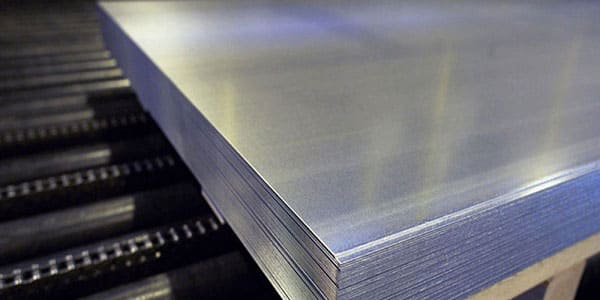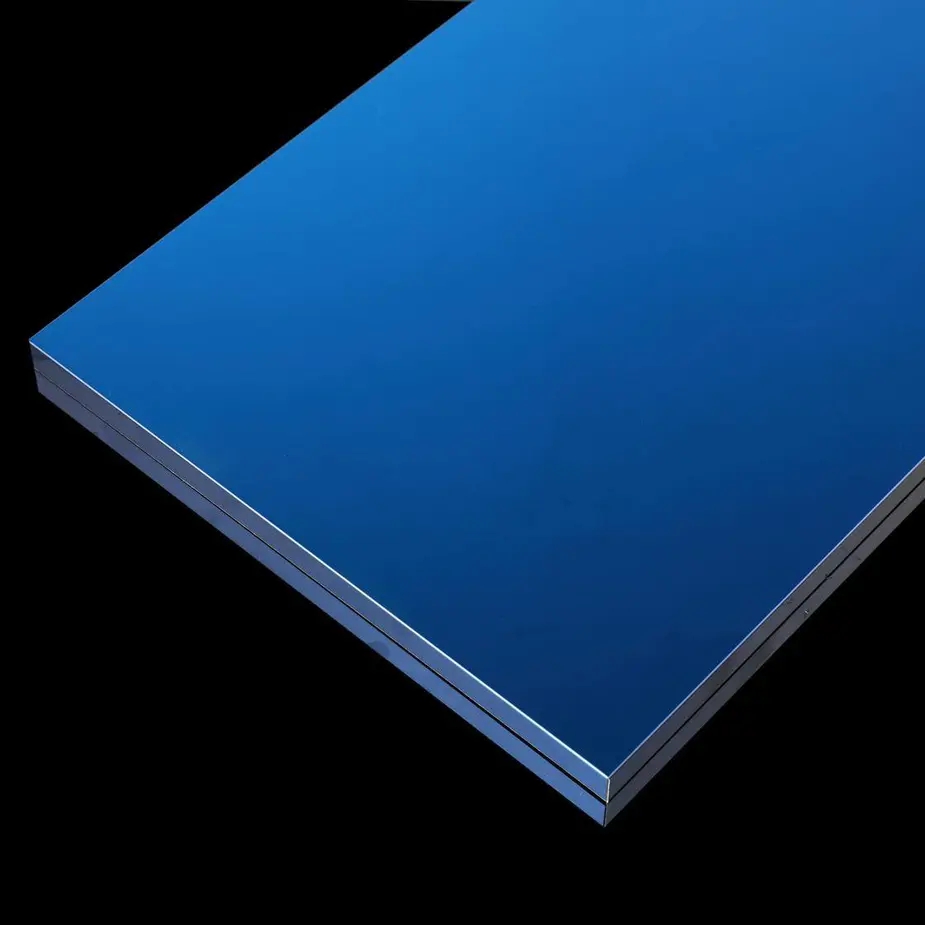Stainless steel is a versatile and widely used material known for its durability, corrosion resistance, and aesthetic appeal. With over 100 different grades available, each with unique properties and characteristics, selecting the right stainless steel for your specific application can be a daunting task. In this comprehensive guide, we will compare four common stainless steel grades—201, 304, 316, and 430—to help you make an informed decision.
Understanding Stainless Steel Basics
Stainless steel is an iron-based alloy containing a minimum of 10.5% chromium, which forms a protective oxide layer on the surface, providing excellent corrosion resistance. The addition of other elements, such as nickel, molybdenum, and titanium, can further enhance its properties. Stainless steel is widely used across various industries, including food processing, construction, automotive, and medical sectors.
Stainless Steel Grades and Families
Stainless steel grades are categorized into families based on their crystalline structure and alloying elements. The three main families are:
- Austenitic stainless steels (200 and 300 series)
- Ferritic stainless steels (400 series)
- Martensitic stainless steels (400 series)
Each family has distinct properties, making them suitable for different applications. Let's take a closer look at four popular grades: 201, 304, 316, and 430.
201 Stainless Steel: Cost-Effective Choice
201 stainless steel is a cost-effective option that offers good formability and moderate corrosion resistance. Its chemical composition includes manganese, which makes it more economical compared to other grades containing higher nickel content. However, its corrosion resistance and high-temperature performance are not as impressive as 304 and 316 grades.
Typical applications for 201 stainless steel include:
- Kitchen utensils and appliances
- Decorative items and trim
- Low-budget projects where high corrosion resistance is not critical
304 Stainless Steel: The Versatile Workhorse
304 stainless steel, also known as 18/8 stainless, is one of the most commonly used grades. It contains 18% chromium and 8% nickel, providing excellent corrosion resistance and good high-temperature properties. This grade is widely used across various industries due to its versatility and performance.
Strengths of 304 stainless steel:
- Excellent corrosion resistance
- Good formability and weldability
- High-temperature resistance up to 1,700°F (925°C)
However, 304 stainless steel may be susceptible to pitting and crevice corrosion in chloride environments.
Applications for 304 stainless steel include:
- Food processing equipment
- Medical devices and surgical instruments
- Architectural and construction components
- Chemical processing equipment
316 Stainless Steel: Superior Corrosion Resistance
316 stainless steel, often referred to as "marine grade," contains molybdenum in addition to chromium and nickel. This extra alloying element enhances its corrosion resistance, particularly in chloride-rich environments like seawater. 316 grade offers the highest corrosion resistance among the four grades discussed here, making it ideal for demanding applications.
Strengths of 316 stainless steel:
- Superior corrosion resistance, especially in chloride environments
- Excellent high-temperature properties
- Good formability and weldability
Typical uses for 316 stainless steel include:
- Marine equipment and offshore structures
- Chemical processing and storage tanks
- Medical implants and surgical instruments
- Food and pharmaceutical processing equipment
430 Stainless Steel: Magnetic and Cost-Effective
430 stainless steel is a ferritic grade that contains 16-18% chromium and little to no nickel. It is magnetic and offers good cost-effectiveness compared to austenitic grades like 304 and 316. However, its corrosion resistance is lower than the other grades mentioned.
Strengths of 430 stainless steel:
- Magnetic properties
- Good formability and weldability
- Cost-effective option
Applications for 430 stainless steel include:
- Automotive trim and exhaust systems
- Decorative panels and signage
- Domestic appliances and cookware
- Magnetic components
Factors to Consider When Choosing a Stainless Steel Grade
When selecting a stainless steel grade for your application, consider the following factors:
-
Corrosion resistance requirements: Evaluate the environment in which the stainless steel will be used. If high corrosion resistance is crucial, opt for grades like 316 or 304.
-
Cost constraints and budget: Determine your budget and consider the cost-effectiveness of each grade. 201 and 430 grades are more economical options compared to 304 and 316.
-
Mechanical properties: Assess the required strength, formability, and weldability for your application. Austenitic grades like 304 and 316 offer excellent formability and weldability, while ferritic grades like 430 provide good formability and magnetic properties.
-
Environmental factors: Consider the operating temperature and exposure to specific chemicals or environments. 304 and 316 grades have better high-temperature resistance, while 316 grade excels in chloride-rich environments.
-
Aesthetic requirements: If appearance is a key factor, consider the finish and color of the stainless steel. Austenitic grades like 304 and 316 offer an attractive, shiny appearance, while ferritic grades like 430 may have a duller finish.
Frequently Asked Questions
Q: What is the difference between 304 and 316 stainless steel? A: The main difference between 304 and 316 stainless steel is the addition of molybdenum in 316 grade, which enhances its corrosion resistance, particularly in chloride-rich environments. 316 grade is often referred to as "marine grade" due to its superior performance in seawater.
Q: Is 430 stainless steel magnetic? A: Yes, 430 stainless steel is magnetic because it is a ferritic grade. This property makes it suitable for applications that require magnetic components, such as automotive parts and domestic appliances.
Q: Which stainless steel grade is most cost-effective? A: 201 and 430 stainless steel grades are generally more cost-effective compared to 304 and 316 grades. 201 grade contains manganese, which makes it more economical, while 430 grade has little to no nickel content, reducing its cost.
Conclusion
Choosing the right stainless steel grade for your application is crucial to ensure optimal performance, durability, and cost-effectiveness. By understanding the unique properties and strengths of each grade, you can make an informed decision that balances your specific requirements and budget.
Whether you prioritize corrosion resistance, formability, magnetic properties, or cost-effectiveness, there is a stainless steel grade that can meet your needs. Always consult with a professional to determine the most suitable grade for your project and ensure the longevity and performance of your stainless steel products.


